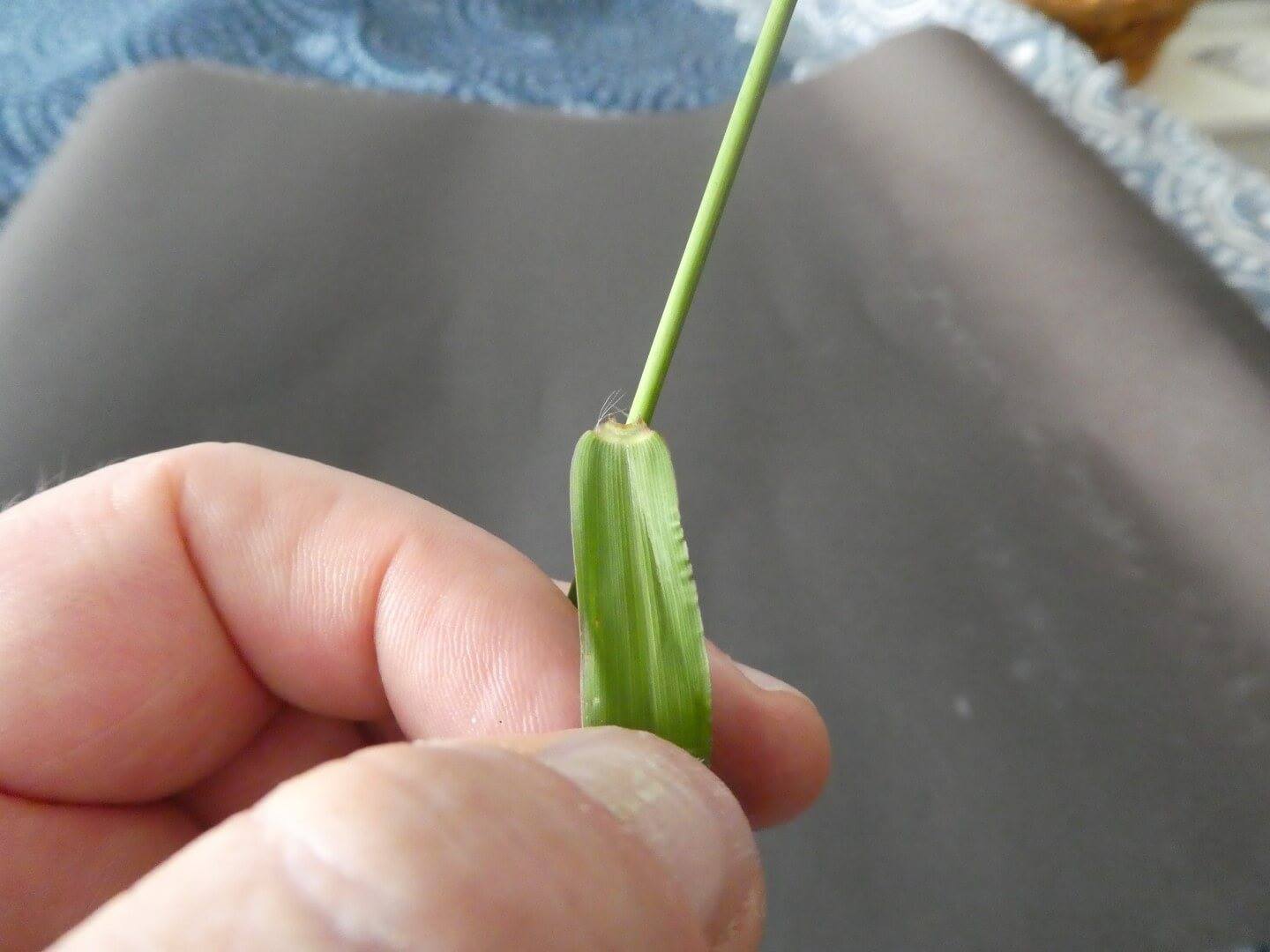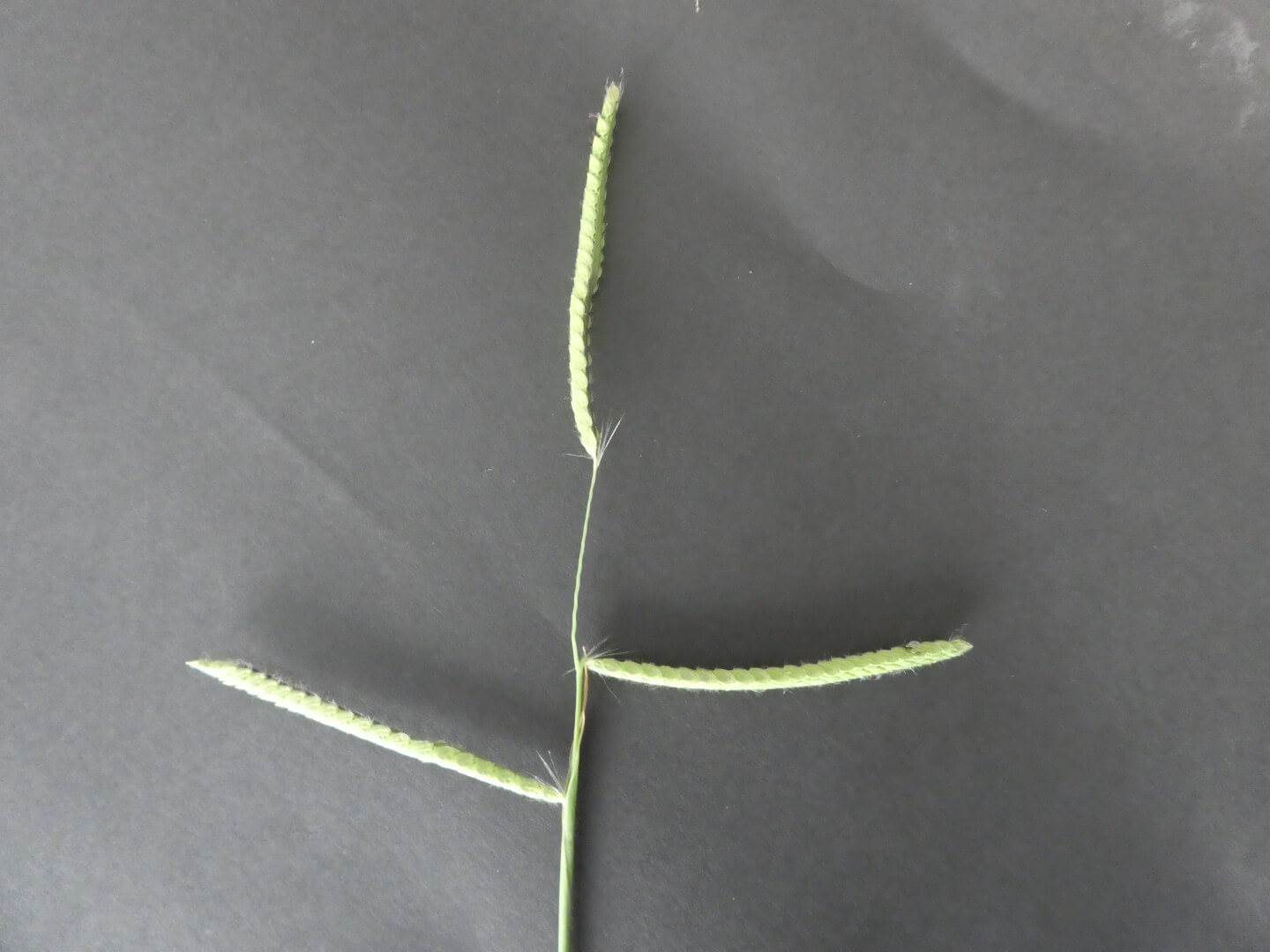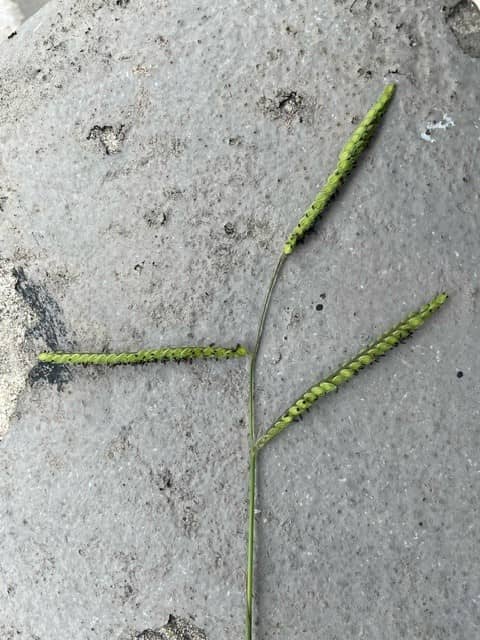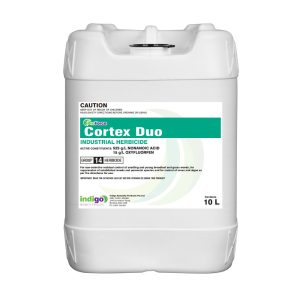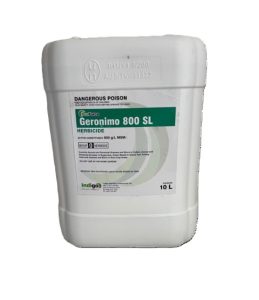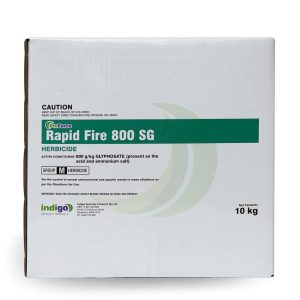Paspalum (Paspalum dilatatum).
Paspalum (Paspalum dilatatum), is also known as Dallisgrass or Crowngrass. It is a persistent tufted warm-season grass that grows up to 1.5 m tall.
QLD, NSW, VIC, WA and SA class this as an environmental weed.
After you read this, you will be able to:
- Identify Paspalum, Dallisgrass and Crowngrass.
- Know where you are likely to find this weed grass and
- Know the best options to manage Paspalum (Paspalum dilatatum).
Why is Paspalum a Problem Weed?
- Paspalum is a problem weed because it is very competitive, and outcompetes plants for water and nutrients.
- It spreads rapidly by seeds and rhizomes, and smothers other plants.
- It forms dense clumps, which make it difficult to manage.
- The seed heads are on tough stems, which generally do not get cut by reel mowers.
In cool areas like the Southern Highlands of New South Wales and the ACT, Paspalum becomes dormant in Winter. However, even though it dies back, the roots are still alive, and the weed returns with the warm weather in the Spring.
How to Identify Paspalum.
Paspalum is a major weed of turf and reproduces by both seed and via rhizomes. It germinates in the Spring and the early Summer, and then flowers from the middle of Summer to the early Autumn.
The simple way to identify Paspalum, is to look for a purple base or at the root system. Paspalum dilatatum has short, thick rhizomes below the ground that do not root at the nodes. The joints of these rhizomes, look like tight, concentric circles of growth layered together.
Photosynthetic Pathway: Paspalum is a C4 grass, which is why it tends to go dormant over the Winter.
Flower: Paspalum flower heads divide into a few branches. These are lined with bead-like pairs of green to purple spikelets.
Height: It grows up to 1.5 metres tall.
Leaf length: The grey to green mainly hairless leaves of Paspalum are up to 35 cm long. It has a few sparse hairs on the leaf collar, and you also sometimes see hairs at the base of the leaf blade.
Leaf width: The leaves are up to 2.5 cm wide.
Reproduction: Paspalum reproduces by seeds, that disperse by the wind, water, animals, or machinery. It germinates in 7-14 days under optimal conditions.
Comments: The leaves have a folded base, and a distinct mid rib. This mid-rib distinguishes Paspalum from other coarse grass weeds like Summer grass.
Paspalum seed heads are at the tips of upright flowering stems and have 2 to 11 hairy branches. They are 2.5 to 11 cm long, and arranged alternatively along the main stem.
Habitat: Crowngrass is a weed of tropical, sub-tropical and temperate areas, and found in gardens, lawns, parks, verges, and waste areas. It prefers moist conditions, and indicates compact soils.
Please feel free to check out our weed ID chart.
How to Remove Paspalum from your lawn.
There are cultural and chemical options for Paspalum or Crowngrass control in turf.
Management Calendar for Paspalum or Crowngrass.
Management Calendar for Paspalum | ||||||||||||
Jan | Feb | Mar | Apr | May | Jun | Jul | Aug | Sep | Oct | Nov | Dec | |
Germination | ||||||||||||
Flowering/Seeding | ||||||||||||
Pre Emergent Herbicide | ||||||||||||
Post Emergent | ||||||||||||
Cultural Control of Paspalum.
- Maintain healthy turf. The key to prevent Paspalum dilatatum, is to maintain a thick, health turf cover with no bare spots. This means that you need to cut turf at the right height and feed it properly.
- Hand removal. Hand digging is a realistic approach to counter Paspalum when there are only a few clumps. This is best done in the early Summer before it produces seedheads.
- The most effective way to get rid of existing clumps of Dallisgrass is to dig out each clump by hand or with a shovel. But, as it has tough, thick roots mature plants are difficult to remove.
- When you dig it up, make sure that you remove all the rhizomes from the soil. If you don’t do this Paspalum is able to re-grow.
- Fix the drainage. Paspalum favours poorly drained areas, so if you fix the drainage it goes some way towards managing this weed grass.
- Paspalum tolerates close mowing so this is not an effective way to control it.
Chemical Control of Paspalum.
Pre-emergent Control of Paspalum.
There are only a few pre-emergents for Dallisgrass, and these vary in longevity and safety. None of these control Paspalum plants that are already growing.
Do realise that even if plants have only been around for a year, Dallisgrass will already have produced thousands of seed.
Good options to consider include:
- Onset 10GR. The use of Onset 10GR in a Spring “Summer grass” application timing for summer grass (or Crowsfoot) also controls Paspalum.
- Freehand. Freehand herbicide is only for use on warm season turf grass. Apply this at 2 Kg/100m2.
- Barricade Herbicide. Barricade at 2-4 L/Ha gives up to 6 months control of Crowngrass. If you use this at lower rates and make split applications, you need to make a second application 2 to 3 months after the first.
- The yearly use of Dimension, which targets summer grass, may also have good pre-activity on Paspalum.
Table of Pre-emergent Herbicides for Paspalum.
Product | AI | FRAC Group | Rate per Ha | African Love grass | Annual Rye | Crabgrass | Creeping oxalis | Parramatta Grass | Paspalum | Summergrass | Winter Grass | Crowsfoot | White Clover | $ Cost / m2 | Longevity weeks |
Barricade | Prodiamine | 3 | 1 to 4 L | 143 to 572 | 24 | ||||||||||
Onset 10GR | Prodiamine | 3 | 50 to 150 Kg | 275 to 825 | 24 | ||||||||||
Echelon Duo | Oxadiazon | 14 | 300 to 400 Kg | 2100 to 2800 | 12 | ||||||||||
Dimension | Dithiopyr | 3 | 1.75 to 3.5L | 280 to 560 | 18 | ||||||||||
Freehand | Pendimethalin + dimethenamid-P | 3 + 15 | 100 Kg | 1585 | 12 | ||||||||||
Specticle | Indazaflam | 29 | 250 ml | 495 | 32 | ||||||||||
Pennmag | Metolachlor | 15 | 2 L | 45 | 8 |
Post emergent Control of Paspalum.
With post emergent control, to get the best results for Paspalum dilatatum control:
- Treat before it seeds.
- Dallisgrass is most sensitive to post-emergents in the Spring to early Summer and again in the late Summer to early Autumn.
- Make repeat herbicide applications.
- If you use Tribute aplly it with an MSO instead of a nonionic surfactant (NIS).
Warm Season Turf Options.
- MSMA . Historically, repeat applications of organic arsenicals (MSMA or DSMA) have been used with variable results.
- If you apply MSMA in hot weather it causes a lot of yellowing and can cause severe turf injury. As a result the best results are if you spot-treat Paspalum with MSMA, rather than broadcast spray.
- Spot-treatments localize yellowing and any potential turf injury, and also gives better control of Crowngrass.
- Normally, it needs at least two spot treatments of MSMA over 7 to 10 days for good control of Dallisgrass.
- When you use MSMA, you can increase turf safety if you increase the water volume, use half rates and make frequent applications (i.e., half rates need to be applied on 5 to 7 day intervals at least three times) to get good Dallisgrass control.
Tribute Selective Herbicide.
- Make two or three repeat applications of Tribute Selective herbicide alone or in a tank-mix with MSMA. This improves the amount of control compared to MSMA alone, and comes with the bonus of little to no couch injury.
- The ideal scenario is to pre-treat the Dallisgrass with MSMA, two weeks before a Tribute application. Research shows that early Autumn applications often provide better control than Summer applications.
- A good rule of thumb is to apply when the average 24-hour air temperature falls below 22°C for at least three consecutive days.
Non Selective Control of Paspalum dilatatum.
The following are non-selective but also have a long term residual and stop re-growth of Paspalum or Crowngrass.
- Renegade. This stops Paspalum for up to 12 months, and reduces the need for multiple herbicide applications.
- Numchuk Quad. Numchuk Quad gives effective post and pre emergent Dallisgrass control for up to 12 months.
- Cortex Duo. Gives a rapid knockdown, and gives residual control for up to 3 months. Cortex Duo is safe to use around trees.
Table of Non Selective Control Options for Paspalum.
Product | Active Ingredient | Group | Use Rate/Ha |
Glufosinate 200 | Glufosinate-ammonium | 10 | 1 to 6 L |
Rapid Fire 800 | Glyphosate | 9 | 0.9 to 1.35 Kg |
Numchuk Quad | Terbuthylazine + Glyphosate + Amitrole Oxyfluorfen | 5 + 9 + 34 + 14 | 20 to 25 L |
Cortex Duo | Nonanoic Acid + Oxyfluorfen | 14 | 7 L/1000L |
Renegade | Bromacil | 5 | 3.5 to 6.5 Kg |
In summary we recommend the use of Geronimo for Crowngrass control. But, take care if you use this as it is not selective on all grass types. This means it is very important to read the label.

